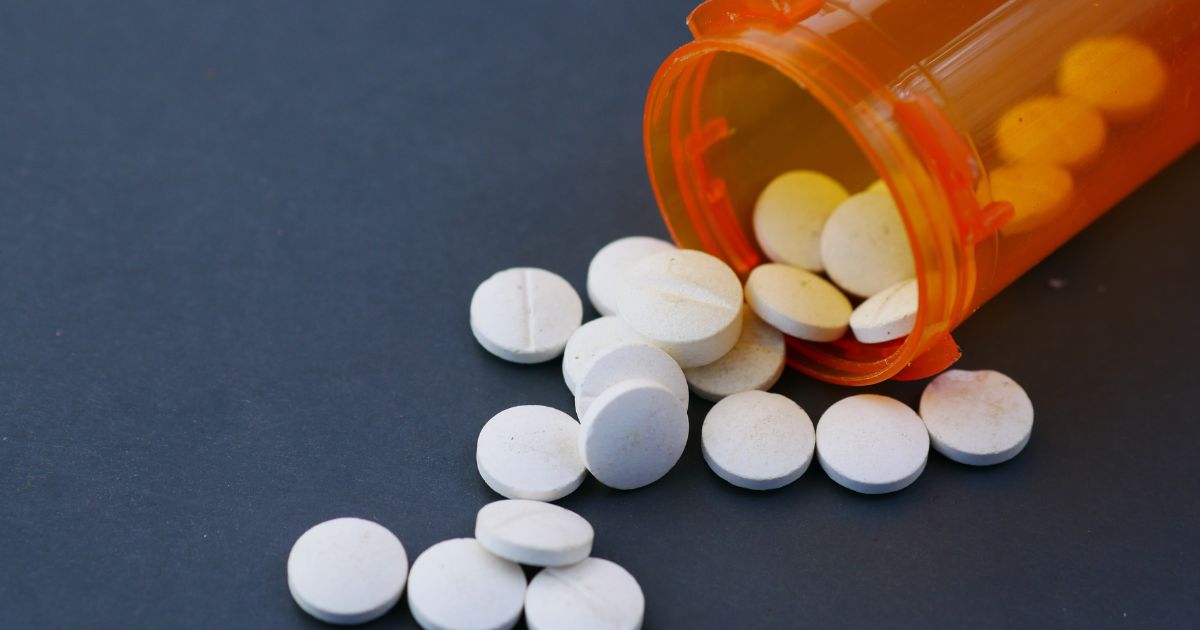Drug overdose killed over 72,000 people last year, according to the Centers for Disease Control and Prevention (CDC); over 60,000 of these deaths are directly linked to the opioid crisis waging war against America’s illegal drug users and prescription opioid misusers. Though overdose deaths involving synthetic opioids (fentanyl and fentanyl analogs) have seen the sharpest increase, by far, in the last several years, cocaine overdose deaths have more than doubled from 2015 to 2017. This increase is greater than the increase in both heroin- and natural and semi-synthetic opioid-involved deaths. Much of this change may be attributed to the rise in opioid-involved cocaine overdose. (CDC)
What is cocaine?
Classified as a Schedule II drug with high potential for abuse by the Drug Enforcement Administration, cocaine (“coke,” “blow,” “rock,” “snow”) is a highly addictive stimulant that, like opioids, creates tolerance and dependence by binding to receptors in the brain to release a flood of dopamine and induce feelings of euphoria. Cocaine prevents brain cells from naturally recycling dopamine, which results in an excess of the chemical in the brain and reinforces cocaine use. This reinforcement is what leads to addiction, as people begin to take higher and more frequent doses to counteract the desensitization of the brain’s reward circuit, as well as symptoms of withdrawal.
Cocaine is often cut with substances like cornstarch, talcum powder, and flour, increasing profits for street dealers. Other batches are being mixed with fentanyl, a synthetic opioid 50 times stronger than heroin. Cocaine can be snorted or rubbed into the gums in its hydrochloride form. Some people inject the drug in its dissolved state, sometimes with heroin (this is known as speedballing). Crack cocaine, commonly referred to as just “crack,” the freebase form of cocaine, is smoked.
The link between cocaine and opioids
With the opioid crisis killing over 115 Americans every day, cocaine overdose deaths are not given as much national attention as fentanyl- and other synthetic opioid-related deaths (CDC). Though the number of synthetic opioid- and any opioid-related deaths involving cocaine nearly tripled and more than doubled, respectively, between 2015 and 2016, cocaine overdose generally also more than doubled between 2015 and 2017.
The “why” is mostly the link between cocaine and fentanyl, but it is unclear why the link exists. Drug users or drug dealers may be cutting the two together, knowingly or not. Speedballing coke and fentanyl is the simplest and most likely explanation for the rise in overdose deaths, according to experts cited in one Vox article, especially because drug users are often unaware that the heroin they were sold is not actually heroin, but fentanyl-laced heroin or fentanyl/a fentanyl analog. They then mix and inject the two drugs and may overdose nearly instantaneously.
Experts do not believe that deliberate mixing of cocaine and fentanyl by dealers is widespread, but the relatively cheaper cost of fentanyl and opioid analogs makes this practice a possibility. Dealers might also use this cutting as a means by which to introduce buyers to opioids, creating a new addiction. Experts believe that this cutting is mostly contained because buyers may be put off if they received something that they weren’t looking to buy; and sellers may end up inadvertently killing their customers.
There could also be cross-contamination if different batches of drugs are prepared in the same space without any kind of cleaning in between. Another possibility, according to the same Vox article, is that the opioid epidemic has led to better data collection of drug use and deaths, so today’s numbers and reports may be reflecting information that was previously underreported or misreported.
Facts behind cocaine overdose
One 2017 study suggests that at one month and six months of abstinence, the risk of cue-induced relapse on cocaine is highest. It has also been found that females are more sensitive to the rewarding and motivational effects of stimulants like cocaine. Additionally, cocaine overdose deaths are racially skewed, in much the same way as overdose deaths from opioids; cocaine deaths among black people are at about the same number as prescription opioid deaths among white people. However, drug overdose rates have increased, and continue to increase, across race, gender, and drug class.
Unlike drugs such as heroin and benzodiazepines, cocaine is a stimulant, or “upper,” that increases brain activity and is often used recreationally (as opposed to “downers” like opioids and benzos that lower activity levels and are often used to self-medicate). This recreational use, and the fact that cocaine is commonly snorted or smoked, may make the drug seem less dangerous than its intravenous counterparts.
But cocaine is still potentially lethal, and overdose can lead to heart attack, seizure, stroke, and death. Effects can be exacerbated by mixing cocaine with other drugs or alcohol, both deadly combinations. One study found that the risk of sudden death increases 20 times when cocaine and alcohol are combined. Some alcoholics use cocaine on a night of binge drinking because the stimulant lessens feelings of drunkenness and creates a false sense of tolerance. This mix can lead to drinking to the point of alcohol poisoning.
The future of cocaine addiction
There is no overdose-reversing drug (like naloxone nasal spray Narcan for opioid overdose) for cocaine in existence, and where medication management treatment— approaches like methadone and suboxone maintenance, as well as buprenorphine and naltrexone— has proven successful for opioid addiction, no such equivalent medications exist for cocaine addiction. Cognitive behavioral therapy (CBT) is widely regarded as an effective way to treat cocaine addiction.
Efforts have been made in recent months to expand treatment for opioid addiction, as well as raise awareness and increase access to education and resources. Though little reported progress has been made at the national level, individual states and major cities have begun policymaking and budgeting. Some state-sponsored measures include plans to open safe injection sites, operating needle exchange centers, and providing free fentanyl test strips. Big-name pharmacies like Walgreen’s, CVS, and Walmart are selling Narcan in stores in most or all states.
This sort of attention is encouraging, but is restricted to opioid-related issues and may take away from time and money that should be dedicated to fighting substance addiction generally, especially because many drug users are polydrug users. A broader approach to addiction treatment might better address both overdose and drug abuse.
Because addiction is a biopsychosocial disease, there are many contributing factors. One common contributor is the presence of untreated co-occurring mental health disorders, such as anxiety and depression. Improving access to mental health services, as well as making efforts to dismantle stigmas associated with mental health and addiction, is one possible step to take.
How does cocaine affect health?
Cocaine has many short- and long-term health effects. Immediate health effects might include constricted blood vessels, dilated pupils, nausea, increased body temperature and blood pressure, fast/irregular heartbeat, tremors and muscle spasms, and restlessness. Long-term effects are much more serious and may include loss of smell, respiratory distress, severe bowel decay, collapsed veins, and a higher risk for contracting blood-borne diseases such as HIV and hepatitis C. (National Institute on Drug Abuse, NIDA)
Intravenous drug use on its own is not the only way these diseases spread. Cocaine use can lower inhibitions and impair impulse control, which may lead to unprotected sex with an infected partner.
What are signs of cocaine addiction?
Addiction is a complex brain disease with more than one contributing factor, but according to one study, 42 to 79 percent of the risk for cocaine use and resulting addiction is genetic.
Common signs of a cocaine addiction include prioritizing cocaine use, the presence of white powder residue around the nose and mouth, burn marks on lips or hands, weight loss, mood swings, risk-taking, and financial problems. Also note the presence of withdrawal symptoms such as depression, fatigue, increased appetite, sluggish thinking, and bad dreams or insomnia (NIDA).
Help with cocaine addiction
Royal Life Centers understands cocaine addiction and how best to treat it. If you or a loved one has a cocaine use disorder, or any substance use disorder, please reach out to us at (877)-RECOVERY. We are a network of full-service drug and alcohol medical detox and in/outpatient treatment centers and treat dependence on alcohol, benzodiazepines, cocaine, methamphetamine, and opioids. Our addiction specialists provide comprehensive, personalized support and holistic care from detox to sober living, so Royal Life guests and their families can be confident that they are receiving the best addiction treatment.









